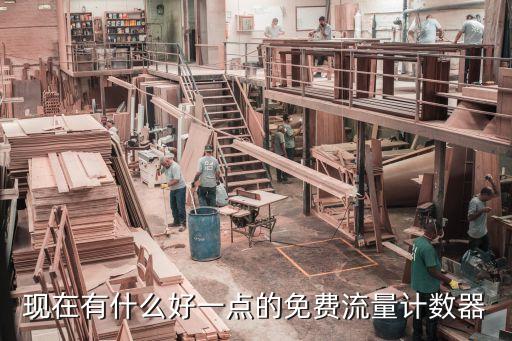本文目录一览
1,mercyme的简介

2,禹成贤的个人简介

3,济尔哈朗的儿子介绍




 免费计算器,谁有可以计算分数加减乘除的计算器
免费计算器,谁有可以计算分数加减乘除的计算器
谁有可以计算分数加减乘除的计算器开始~程序附件计算器2,现在有什么好一点的免费流量计数器www.51.la是个免费的计数器,功能还行3,帮忙算下计算器OK1、第一个答案:2.29372、第二个答案:2.7.....
【问答】 日期:2023-06-02
 经营假日酒店3,经营假日酒店这个小游戏有几版
经营假日酒店3,经营假日酒店这个小游戏有几版
经营假日酒店这个小游戏有几版2,4399的假日酒店3里的东西买完了怎么办啊3,有没有和经营假日酒店3差不多的小游戏4,经营假日酒店小游戏要比较好玩的大家推荐一下吧5,假日酒店经营模式1,经营.....
【问答】 日期:2023-06-02
 新口子必下款2022,分享几个还能下款的口子
新口子必下款2022,分享几个还能下款的口子
分享几个还能下款的口子2,有没有下款必过的最新口子啊3,有没有下款必过的最新口子啊我申请了很多都不过审批啊有谁能4,实测几个能快速下款的贷款口子1,分享几个还能下款的口子微信关注下“.....
【问答】 日期:2023-06-02
 企业信用评级d级该怎么办,对纳税信用等级评定中评为D级的企业地税部门会采取哪些措施
企业信用评级d级该怎么办,对纳税信用等级评定中评为D级的企业地税部门会采取哪些措施
对纳税信用等级评定中评为D级的企业地税部门会采取哪些措施2,企业信用评级证书如何办理3,企业信用等级评级企业证书怎么申请办理4,aaa企业信用评级是什么怎么办理1,对纳税信用等级评定中评.....
【问答】 日期:2023-06-02
 正在注册商标查询,商标注册怎么样查询
正在注册商标查询,商标注册怎么样查询
商标注册怎么样查询商标注册进度有3种方式可以查询:第一,商标局官网;第二,线上网站,如八戒知识产权和路标网等;第三,手机APP,如商标进度查询。希望可以帮到你~政策导航网:https://go.yidiango.t.....
【问答】 日期:2023-06-02
 汇丰财资网,汇丰商务网上理财易和财资网一样吗
汇丰财资网,汇丰商务网上理财易和财资网一样吗
汇丰商务网上理财易和财资网一样吗2,汇丰金融网怎么样3,汇丰银行财资网为什么登入一直显示登入超时或无授权4,draftsight字体文件去哪里下载打开好多图纸都是乱码5,登记汇丰网上理财1,汇丰.....
【问答】 日期:2023-06-02
 一般纳税人税收优惠政策2023,一般纳税人月收入少于3万是不是不用缴增值税及其附加税
一般纳税人税收优惠政策2023,一般纳税人月收入少于3万是不是不用缴增值税及其附加税
一般纳税人月收入少于3万是不是不用缴增值税及其附加税要交。月营业收入少于3万(或季度营业收入金额少于9万),免征增值税、附加税这个税收优惠政策,仅适用于小规模纳税人。增值税一般纳税.....
【问答】 日期:2023-06-02
 紫金农村商业银行,请问江苏紫金农商银行这个银行怎么样本人男是往届生本科财
紫金农村商业银行,请问江苏紫金农商银行这个银行怎么样本人男是往届生本科财
请问江苏紫金农商银行这个银行怎么样本人男是往届生本科财江苏紫金农商银行还行吧,只要你肯学肯努力,不管在那个银行多一样。2,想知道南京市大厂这边有没有紫金农商行在哪在大厂杨庄车站.....
【问答】 日期:2023-06-02